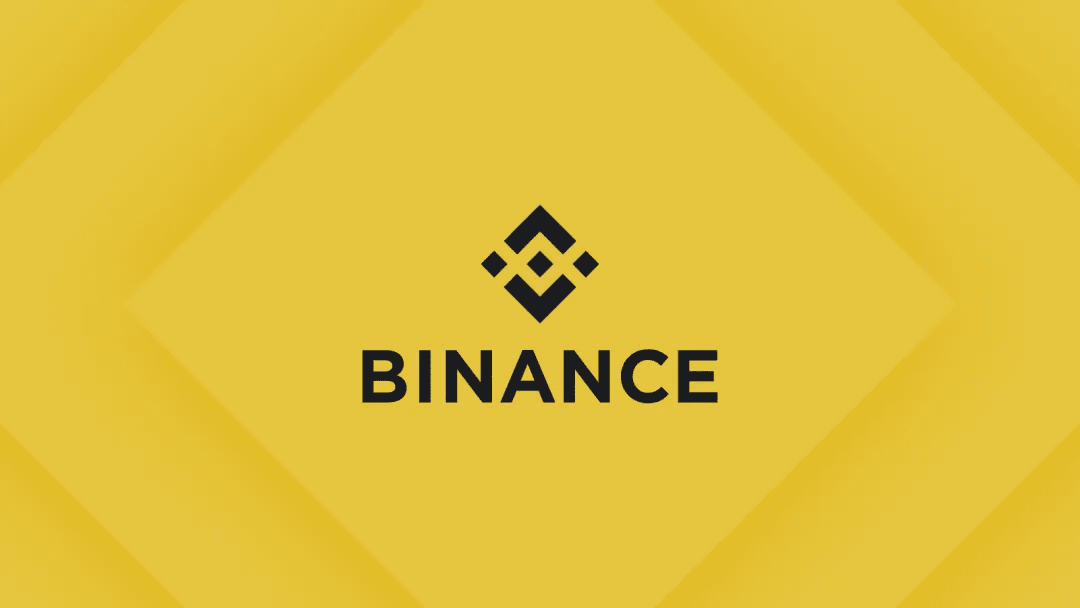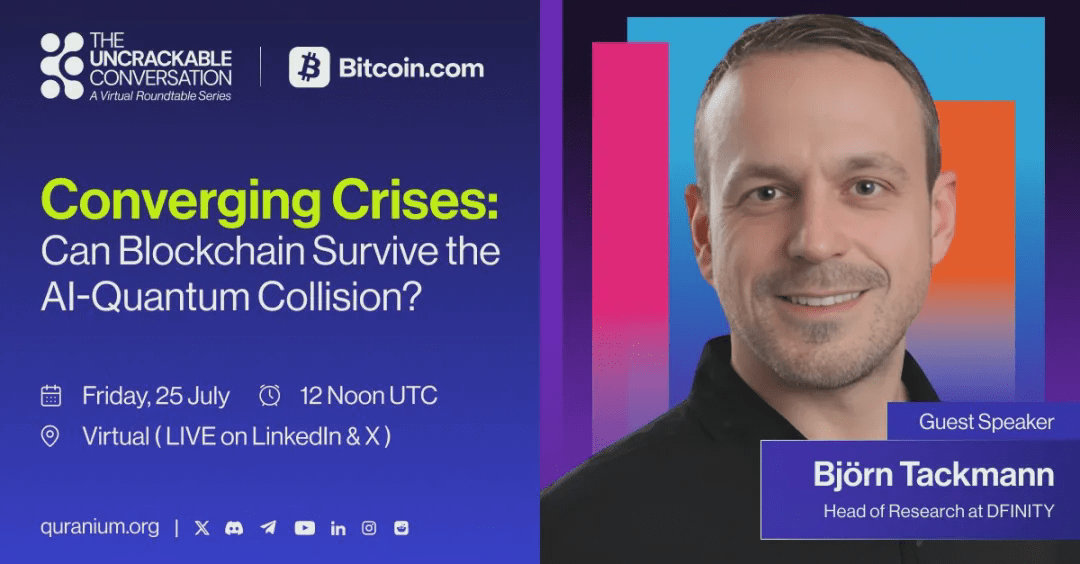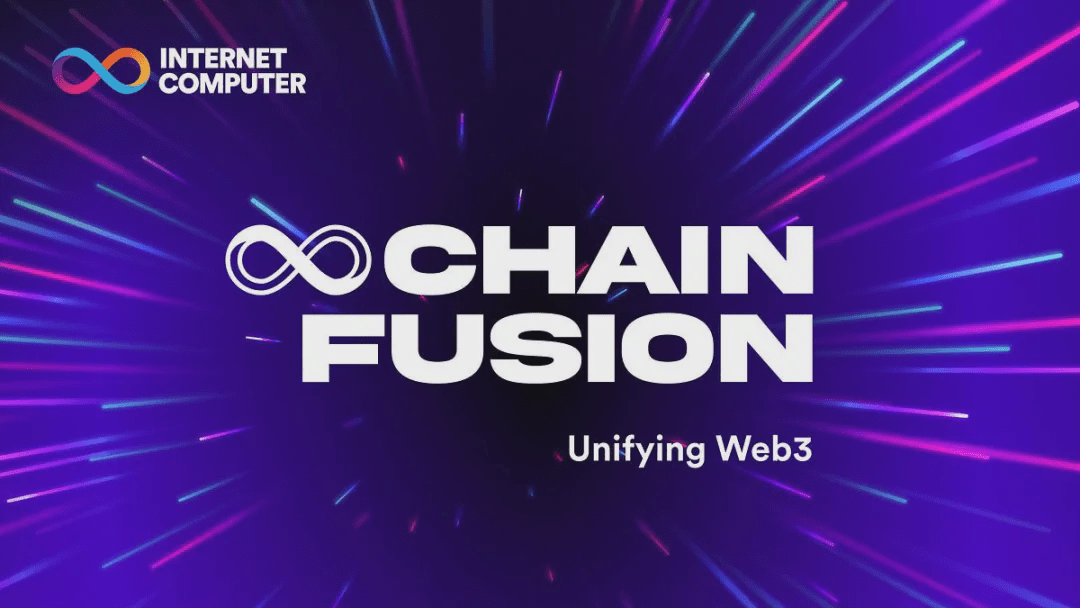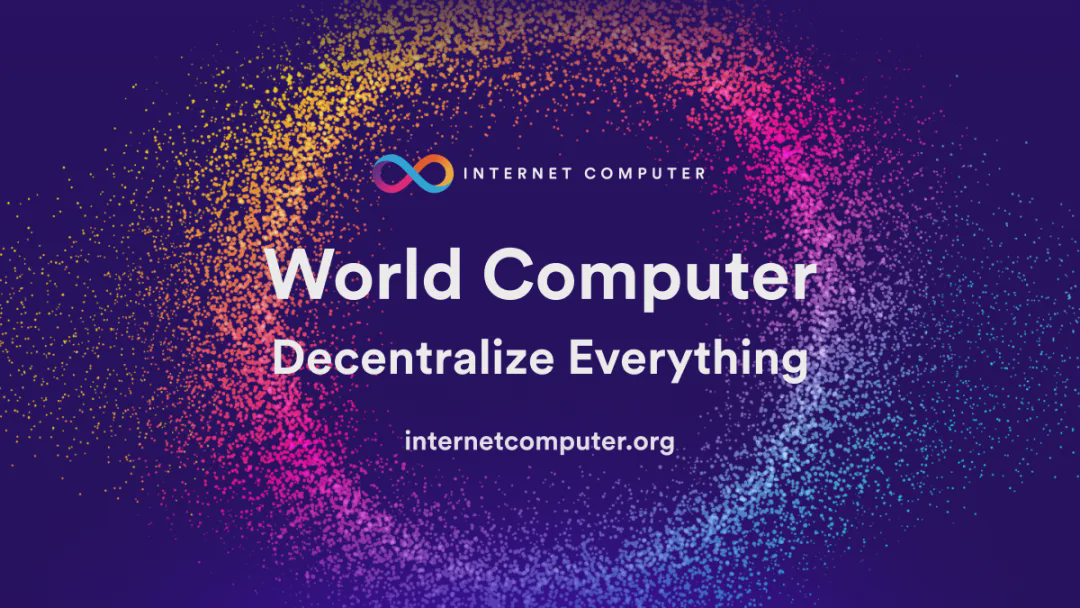
Key Points:
ICP introduces the Self-Writing Internet through applications like Caffeine, enabling AI-based fully on-chain application development.
Its sovereign cloud architecture supports end-to-end decentralized infrastructure and trustless on-chain AI.
Chain integration allows for native integration with Bitcoin, Ethereum, and Solana, driving secure, bridge-less DeFi.
The Internet Computer (ICP) developed by the DFINITY Foundation is reimagining decentralized infrastructure with a multi-faceted vision: Self-Writing Internet, sovereign on-chain AI, and seamless cross-chain interoperability through chain integration.
In this exclusive Binance News interview, Chief Business Officer Pierre Samaties and Chief Technology Officer Jan Camenisch shared how ICP's 2025 ~ 2026 roadmap aligns with the evolution of Web3.

One Self-Writing Internet
1. What is the vision behind the Self-Writing Internet, and how does it connect with ICP's smart contract architecture and fully on-chain decentralized applications?
The Self-Writing Internet (SWI) allows anyone to build and deploy full-stack applications without coding, with the AI-driven Caffeine platform generating application logic and directly deploying it on ICP's sovereign infrastructure. Each deployment runs on-chain within smart contracts, using computation cycles paid for by burning ICP tokens, aligning the self-writing paradigm with the token economics and decentralized computing architecture of ICP.
2. Which applications on ICP are currently leading the way in adopting this self-writing paradigm? What does actual usage and performance look like today?
Caffeine is leading the way, enabling both technical and non-technical users to build applications through natural language. At a hackathon in San Francisco, participants created real-world tools such as HIPAA-compliant medical applications, legal document generators, and civic tools, validating the robustness of the ICP infrastructure with these early use cases.
3. How does the ICP stack enable developers to host front-end and back-end fully on-chain? How does this differ in terms of speed, cost, and user experience compared to traditional cloud and layer-two setups?
ICP hosts front-end, back-end, and data within smart contracts, achieving sub-second finality, supporting over 770,000 TPS (comparable to Ethereum), and providing a gasless user experience via its reverse gas model. Applications are delivered via HTTPS and feature Web2-like authentication, with chain integration also enabling bridge-less cross-chain operations, eliminating centralized points of failure.
4. What tools or protocol upgrades are planned for 2025 to simplify onboarding and accelerate the adoption of fully on-chain applications, particularly for Web2 developers?
Major initiatives include Caffeine for no-code AI application development and ICP.Ninja, a web-based IDE providing templates for Web2 developers. The recent Niobium upgrade introduced vetKeys for confidential data, while the upcoming Flux and Pulse milestones will enhance the scalability and user experience of internet identity.
5. How does ICP facilitate the creation of applications that are not only decentralized but also resistant to censorship, autonomously upgradeable, and self-evolving?
ICP uniquely allows for full-stack sovereignty—applications are managed by users, DAOs, or even autonomously, with no part of the stack relying on centralized infrastructure, providing true resistance to censorship and external intervention.

Two Sovereign Cloud, Applications, and AI
6. ICP is described as a 'sovereign cloud'; how does this architecture differ from traditional clouds or modular layer-two platforms in terms of autonomy, scalability, and trust minimization?
ICP decentralizes the entire infrastructure stack through globally independent nodes, with chain-key cryptography enabling infinite scalability and efficient message verification in subnets, unlike Ethereum's rollups or layer twos, ICP does not rely on centralized cloud components.
7. What unique advantages does ICP have in supporting fully on-chain AI models?
ICP smart contracts can store up to 500 GB and run AI models directly on-chain, ensuring trustless training and execution, solving the AI 'black box' problem, and preserving data privacy through access controlled by smart contracts.
8. Can you share a real-world example of an AI model currently deployed through ICP smart contracts?
ICP supports LLMs with up to 1 billion parameters and is building AI worker nodes—preloaded model nodes that can be called by smart contracts, with outputs verified through consensus, ensuring trust while minimizing latency.
9. What does the roadmap for decentralized AI look like for 2025 ~ 2026?
ICP will expand support for AI worker nodes, introducing fine-tuning and retrieval-augmented generation (RAG), and enabling smart contracts to utilize AI agents, with smart contract interface descriptions (CanID) and inter-contract calling supporting service discovery and monetization.
10. How is the developer ecosystem on ICP evolving?
Motoko and Rust remain core, TypeScript support is nearing completion, ICP.Ninja and Caffeine simplify the onboarding process, and Caffeine democratizes development by allowing anyone to build applications through AI interaction.

Three Chain Integration and Bitcoin DeFi
11. How does ICP's chain-key cryptography enable seamless interoperability with Bitcoin, Ethereum, and Solana?
ICP achieves local blockchain integration without bridging or custody. Smart contracts can create Bitcoin addresses, read and write Bitcoin, and sign transactions on-chain. Integrations with Ethereum and Solana are already live, and BNB chain is on the roadmap.
12. What is the current adoption and usage of ckBTC in the ICP DeFi ecosystem?
ckBTC is the fourth-largest traded Bitcoin derivative, with applications like Liquidium, Odin.fun, Kairos, and KongSwap building Bitcoin-native DeFi on ICP based on ckBTC's seamless performance and security.
13. What is the timeline for external calls to more blockchains?
The ability to make external calls to Ethereum and Solana is now live, with support for EVM-compatible chains expanding. Dogecoin integration (Meridian milestone) is coming soon, enabling more native asset interactions.
14. How will chain integration evolve by 2026?
Chain integration aims to abstract blockchain complexity, allowing smart contracts to execute logic between chains and Web2 APIs, with the goal of achieving a seamless DeFi singularity where users can interact with all assets through a single interface.
15. Are there any strategic partnerships to accelerate cross-chain development?
ICP has established strategic partnerships with Binance and connections with Bitcoin, Ethereum, and Solana ecosystems, driving the adoption of chain integration and the Self-Writing Internet.

Four Visions, Governance, and Ecosystem Outlook
16. How is the Network Nervous System (NNS) evolving to support this new era?
NNS is the world's largest DAO, with over $1.5 billion in staked ICP and more than 14,000 proposals. Plans are in place for user interface upgrades to improve user experience and attract more non-technical participants, and the community-owned SNS DAO is also growing.
17. What is your outlook on ICP token economics?
The circulating supply of ICP is 100%, with 40% staked, 27% locked for 8 years, and computation cycles burning ICP, driving deflation as usage scales. Projects like Waterneuron enable liquid staking, while Caffeine is poised to expand token utility.
18. What advice would you give to developers considering a choice between ICP and modular ecosystems (like Celestia or Ethereum Rollups)?
ICP is not just a competitor—it is a powerful complement, allowing developers to build fully sovereign, interoperable applications while leveraging chain integration, all within its native ecosystem.
19. Describe in one sentence: What is the Internet Computer in 2025, and what will be its most transformative role in 2030?
In 2025, ICP drives the Self-Writing Internet, allowing anyone to build applications through AI. By 2030, it will evolve into a liquid internet—applications adapting in real-time to user interactions.

The IC content you care about
Technical Progress | Project Information | Global Events

Follow the IC Binance Channel
Stay updated

